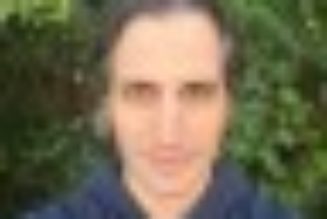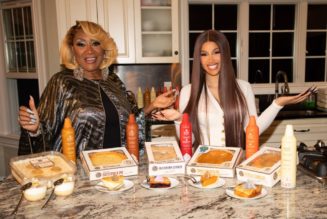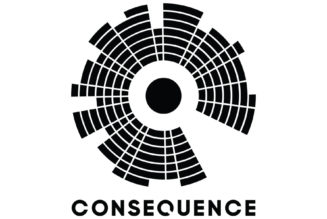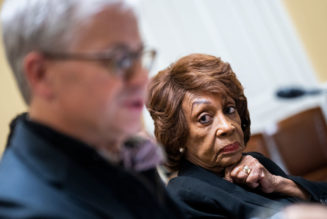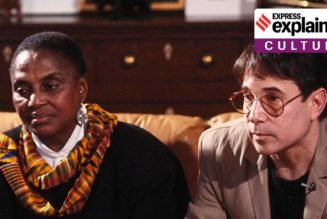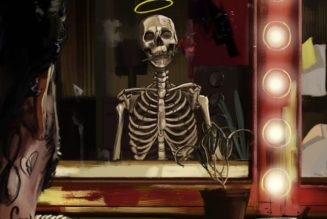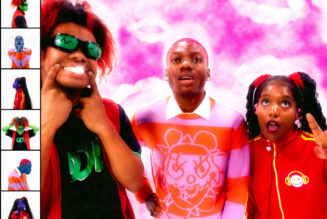You are reading your free article for this month.
Members-only
In celebration of Pride Month, Hypebeast is conducting a series of conversations with LGBTQ+ artists about how their identity informs their artistry.
“I’m just gay and I make music,” says Isaac Dunbar when asked if he ever found it hard to find his place as a young queer artist in the industry. “I really don’t think about it too much.”
Dunbar is busy thinking about other things: probably dancing.
“I want people to take themselves less seriously and just dance,” the 21-year-old explains of the sentiment that inspired the Beep Beep Repeat EP, his fifth studio project.
Specifically, it was dancing down in downtown New York City that catalyzed the EP’s creation. Dunbar, who grew up in a conservative, Christian family in Massachusetts was never exposed to what he calls the “extensiveness” of queer culture until he moved to NYC when he turned 18.
The nights Dunbar spent in the Lower East Side’s drag bars greatly informed all of Beep Beep Repeat’s visuals – in which the singer dons a cropped Margiela blazer that he admits he “wore to the ground.”
His “one request” for the album’s visuals, the garment points to Dunbar’s dualistic persona and love of experimenting with contrasting entities and finding his niche in the intersection of “kooky and classic.”
Introduce yourself.
I’m Isaac Dunbar. I’m 21 and live in Los Angeles. I love to dance. I love to sing. I love clothes. I love Hypebeast.
Were you always drawn to music?
I was sheltered from music as a child. I was raised a strict Christian, and I wasn’t really allowed to listen to pop music because it was deemed carnal. My first recollection of pop is my sister sneaking me to the family computer, putting me on her lap, and showing me Britney Spears’s “… Baby One More Time.”
When did you start making music?
When I was eight. I was a big Lady Gaga fan at the time and she’d just announced her ARTPOP album and tweeted a handful of producers that she was working with. I went to my local Barnes and Noble, pirated a production platform called FL Studio and taught myself how to produce by essentially reproducing the songs from ARTPOP. I drew so much inspiration from Gaga. I had no right to be listening to “Venus” as a 9-year-old …
What about her inspires you?
Everything. The whole package. I’m drawn to Gaga’s career at that time specifically because she was going through so much and she was making this beautiful escapist art. The visuals were so all over the place. It was that sort of controlled eccentricity I like. The world she built with that album still inspires me to this day.
Can you share more on your experience as a queer artist?
I moved around a lot when I was younger. I was born in Rhode Island, moved to Texas at one point but mostly grew up in Massachusetts. Growing up as a queer Christian of color in Massachusetts was difficult. Luckily the internet existed and seeing people share their stories was really comforting to me. When I turned 18, I moved to New York City for two years and I give that city so much credit for forming who I am.
Why is that?
Anything can happen in New York City. You can have the best day of your life or you can have the worst day of your life. I love the hustle and bustle. I was really fortunate to find a like-minded group of friends who were students and creatives who make music and art and we’d go out every weekend to the gay clubs down on the Lower East Side. I’d never seen drag queens before. I’d never seen queer culture in action. It was all new to me. It’s the endlessness of New York City that’s everything to me.
The city’s influence on Beep Beep Repeat is something you’ve talked a lot about. Could you elaborate on how you translated the city’s influence into a sonic palette?
I wanted the album to encapsulate everything I experienced being out in New York City, both sonically and visually. It’s funny — the inspiration for the album actually came to me after I got hit by a gray SUV on a CitiBike. I left the studio at 5 a.m. to go back to my crib and hopped on my cute little CitiBike and boom. I couldn’t walk for three days.
But when I was depressed in bed eating Chick-fil-A, I’d look outside my window and see people laughing and dancing and it made me realize that when something really sh*tty happens to you, life doesn’t stop. People are gonna continue to dance and laugh, so why not make the effort to not feel like crap? I actually made a little mantra for this record that catalyzed all of the tracks and it goes: “Life goes on so let’s dance, Beep Beep Repeat.”
How has your sound evolved over time?
I wanted to make this record one that you could dance to and not think too much about. In a lot of my previous work, I’m very vulnerable and I wanted to do something different. I’m being less conservative with my energy. I think there’s a different form of vulnerability that can be shared in dance music, specifically in the balance of emotion and unseriousness. Again, I think of Lady Gaga, and something as simple as “Just Dance.” It’s such a simple concept but when it came out in 2008, during a recession, it was needed.
How do you not fall victim to the expectations of the internet after reaching “virality” with many of your songs?
If I made decisions based on what other people expected of me, I would lose my mind. I’m too much of a control freak and I know what I want to say.
“I’m really inspired by the contrast of super classic formal menswear and really gay music. I love contrasting entities; you see this guy with an afro and mustache in a suit singing about Playhouse Bar and gay people.”
In all of the project’s visuals, you’re wearing the same blazer. Tell me more about that choice.
I made one request for the album’s visuals: a cropped Margiela blazer. I’m really inspired by the contrast of super classic formal menswear and really gay music. I love contrasting entities; you see this guy with an afro and mustache in a suit singing about Playhouse Bar and gay people.
How do you express yourself in your style?
I’ve always been a style chameleon. I fear trends because I have an individuality complex, but a major throughline with my style has been my love of funky pieces, but now it’s really about mixing kookiness with timelessness.
When I first started experimenting with my style, it was absolutely atrocious. I would pull up to school every day with way too much confidence in bright camo pants that I had in every color, a pair of stompers – Buffalo Platform shoes were my favorite – and the most graphic hoodie. Now, I’m a thrift queen. It’s very rare that I buy something that’s new. I love my Margeila Tabis so much and I wear them with every outfit. I love a purse. I love a baggy pant. I love a little shirt. If I had to describe it, I’d call it “controlled eccentricity.”
How do you feel about the “maximalist” label?
I feel like there’s been a drought of fun in music recently, but we’re finally having fun again. With Chappell Roan, Sabrina Carpenter, Charli XCX. If you want to label me a maximalist that’s totally fine. All of my favorite artists have been maximal – Bowie, Gaga, Prince. None of them ever played it safe. They were loud and proud about everything.
How do you want people to listen to this album?
I want people to take themselves less seriously and just dance.
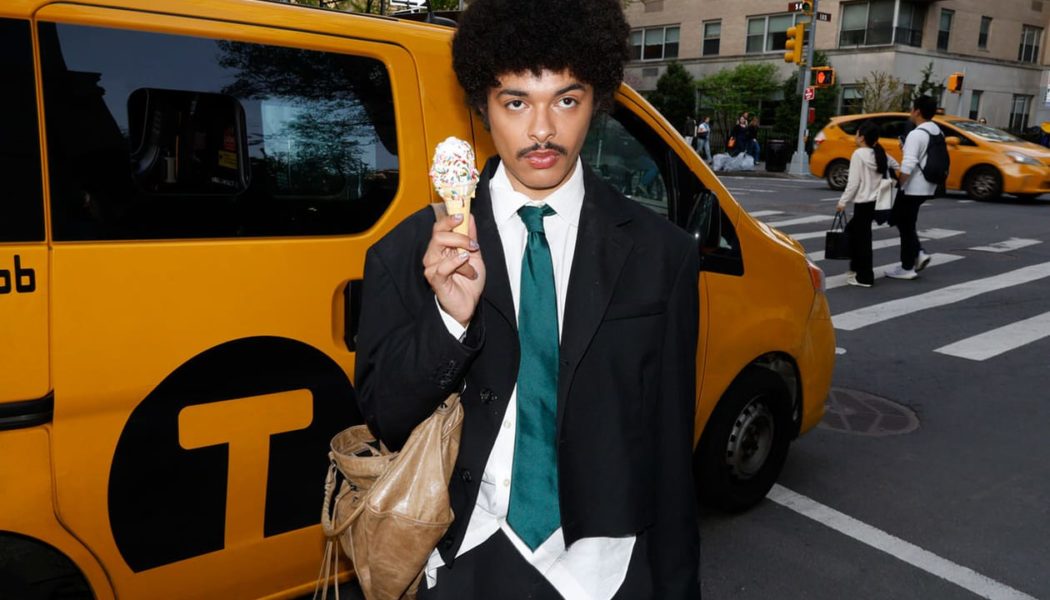
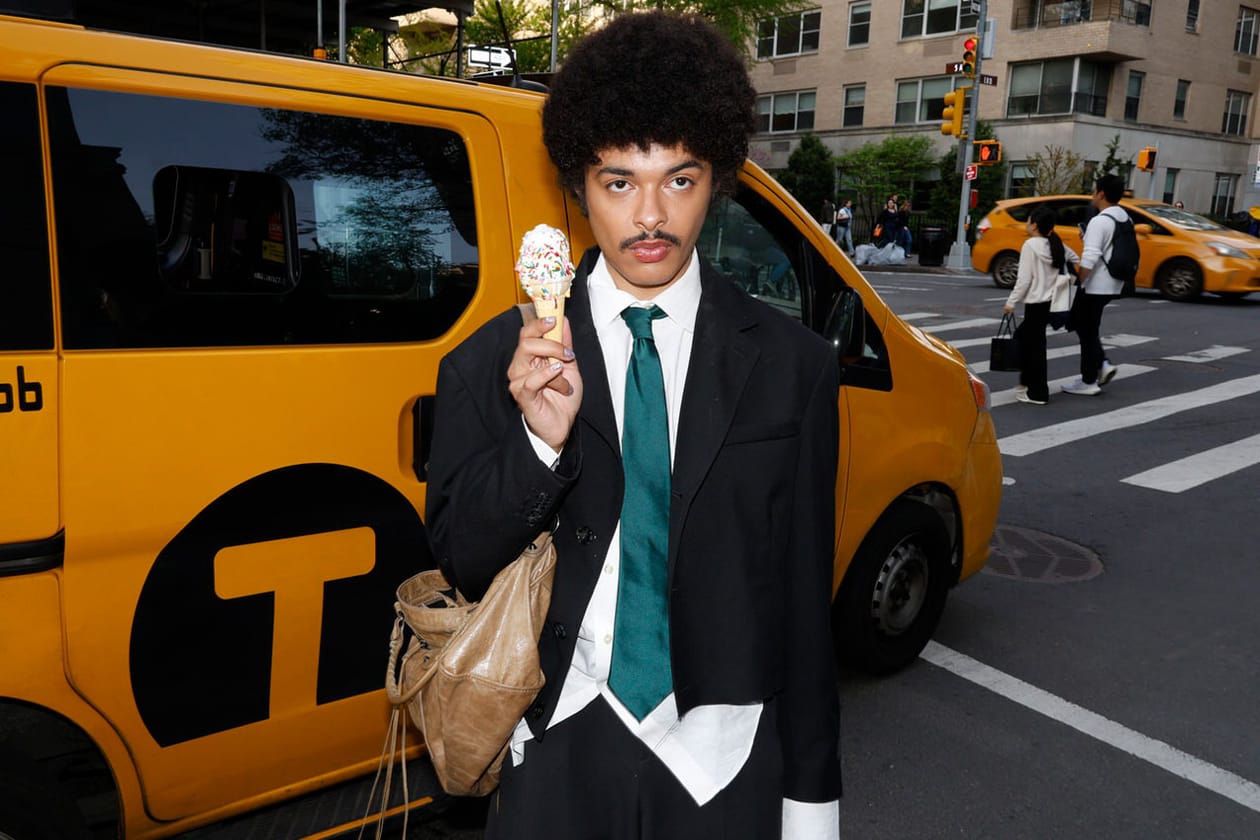
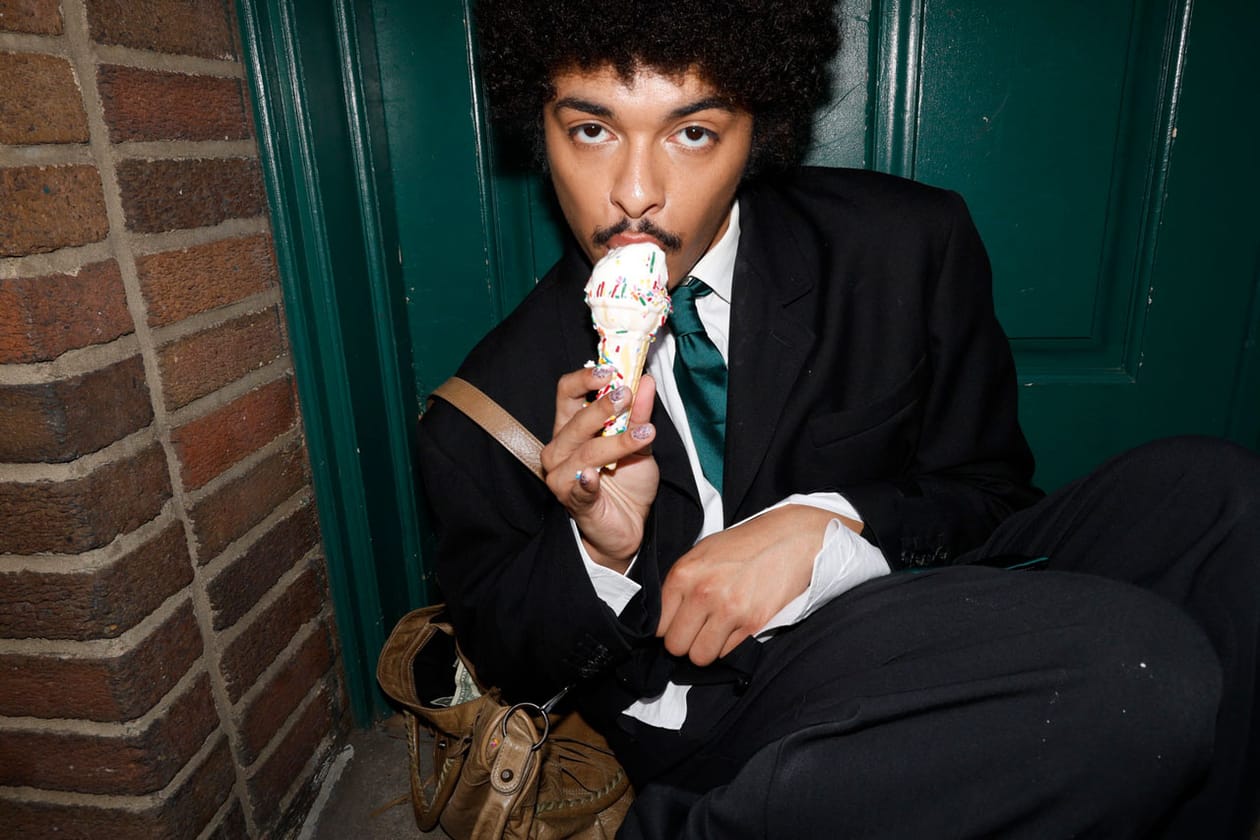
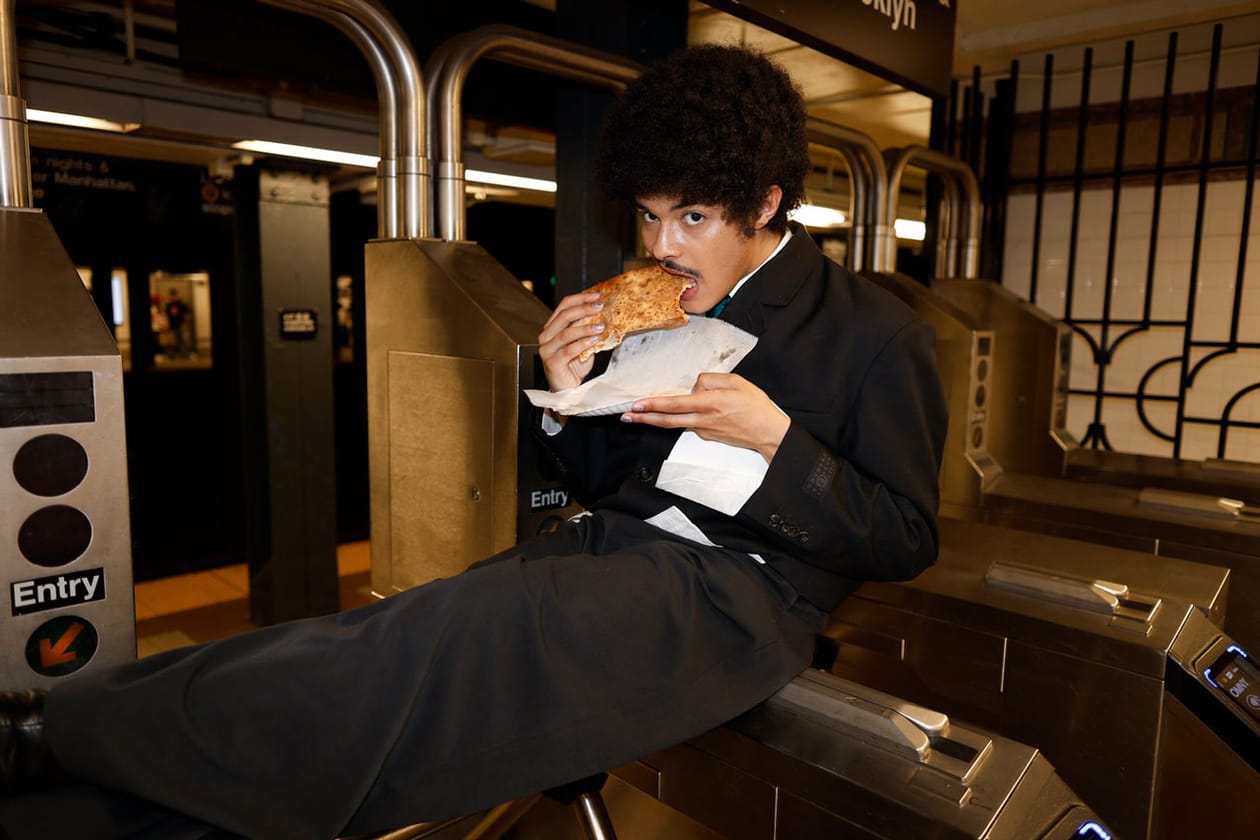
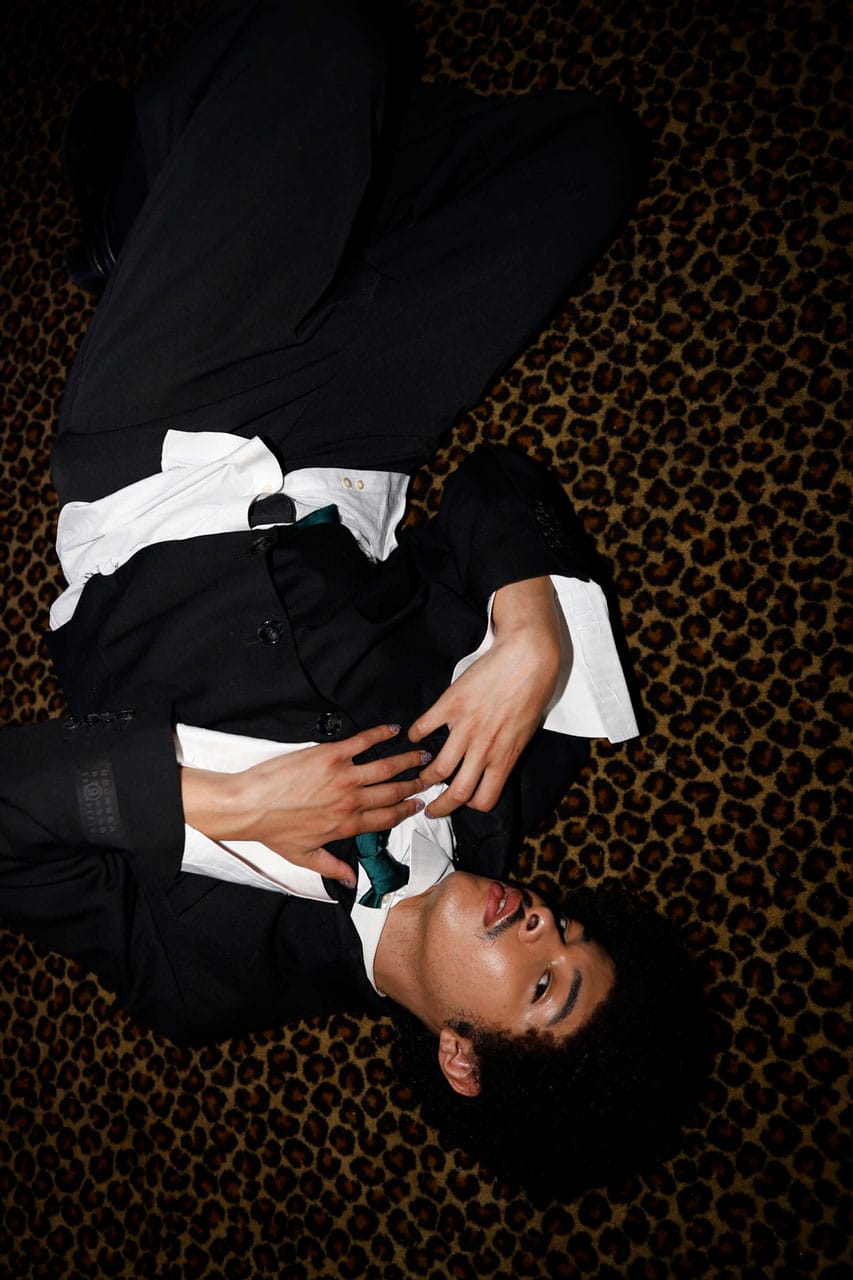
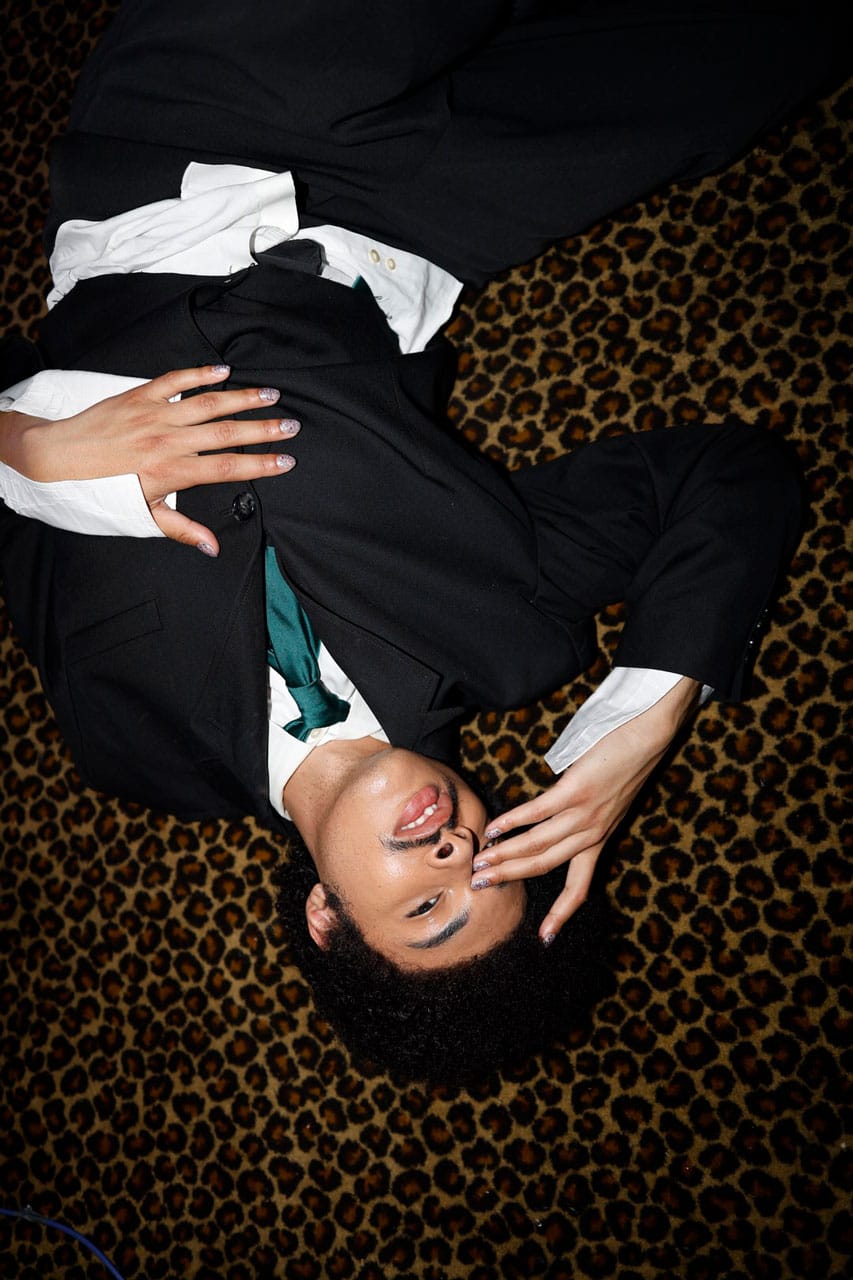
![Primus Joined by Tool Members for “Ænema” and More at Los Angeles Benefit Show: Watch [Updated]](https://www.wazupnaija.com/wp-content/uploads/2023/05/primus-joined-by-tool-members-for-aenema-and-more-at-los-angeles-benefit-show-watch-updated-1-327x219.jpg)
